Stir-frying, a cornerstone of Chinese culinary tradition, transforms simple ingredients into vibrant, aromatic dishes. Among these, Stir-Fried Chicken Thighs stands out as a testament to the technique’s brilliance—a harmony of tender meat, crisp vegetables, and bold sauces, all united by the sizzle of a wok. This dish, beloved in households and restaurants alike, embodies the essence of quick, high-heat cooking that seals in flavor while preserving texture. Let’s embark on a journey to explore the art of crafting this dish, from selecting the finest ingredients to perfecting the stir-fry technique.
The Foundation: Ingredients and Their Roles
At the heart of this dish lies the chicken thigh—a cut prized for its rich flavor and juiciness. Unlike breast meat, thighs contain more fat, ensuring the meat remains succulent even under intense heat. Opt for boneless, skinless thighs for ease of preparation, and trim excess fat to prevent greasiness.
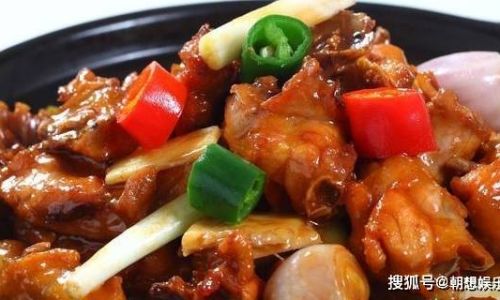
The supporting cast of vegetables and aromatics elevates the dish. Bell peppers, onions, and carrots add sweetness and crunch, while garlic and ginger infuse a pungent, fragrant base. For a hint of heat, fresh chili peppers or dried red pepper flakes can be added. The sauce—a blend of soy sauce, oyster sauce, rice vinegar, and a touch of sugar—forms the flavor backbone, balancing saltiness, umami, and acidity.
Preparation: The Key to Precision
Stir-frying demands organization. Begin by marinating the chicken. Combine thinly sliced thighs with soy sauce, cornstarch, and a drizzle of sesame oil. The cornstarch acts as a tenderizer and creates a velvety coating, while the oil prevents sticking. Let the meat marinate for 15–20 minutes, allowing the flavors to meld.
Next, prepare the vegetables. Julienne bell peppers and carrots into uniform strips for even cooking. Slice onions into thin wedges, and mince garlic and ginger. Pre-mix the sauce ingredients in a small bowl to streamline the cooking process—every second counts in stir-frying.

The Wok’s Magic: Cooking Technique
A well-seasoned carbon-steel wok is ideal for achieving wok hei, the coveted smoky aroma imparted by high heat. Heat the wok over medium-high flame until a drop of water evaporates instantly. Add a neutral oil with a high smoke point, like peanut or canola, and swirl to coat the surface.
Step 1: Sear the Chicken
Add the marinated chicken in a single layer, ensuring each piece contacts the wok. Resist the urge to stir immediately; allow the meat to caramelize for 1–2 minutes. Stir-fry until golden brown but not fully cooked—the residual heat will finish it later. Remove and set aside.
Step 2: Stir-Fry the Aromatics
Add a touch more oil, then toss in garlic and ginger. Their fragrance will bloom within seconds. Immediately follow with onions and carrots, stirring vigorously to prevent burning.
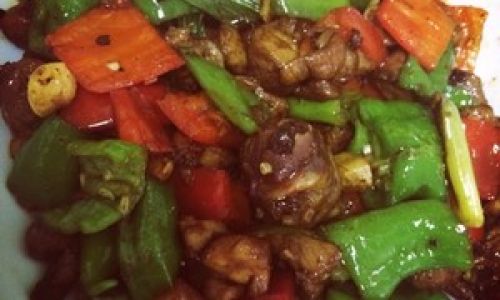
Step 3: Vegetables and Sauce
Introduce bell peppers and any quicker-cooking vegetables. Stir-fry until slightly tender yet vibrant. Return the chicken to the wok, pour in the pre-mixed sauce, and toss to coat. The sauce will thicken rapidly due to the cornstarch; adjust seasoning with a pinch of sugar or a splash of vinegar if needed.
Step 4: Finishing Touches
For a glossy finish, drizzle sesame oil and garnish with sliced green onions or toasted sesame seeds. Serve immediately over steamed jasmine rice or noodles.
Regional Variations: A World of Flavors
Stir-fried chicken thighs adapt to global palates with ease. In Sichuan cuisine, doubanjiang (fermented chili bean paste) and Sichuan peppercorns add fiery complexity. Cantonese cooks might emphasize the natural sweetness of vegetables, using hoisin sauce for depth. For a Thai twist, substitute fish sauce for soy, add basil leaves, and finish with a squeeze of lime.

Cultural Significance: From Street Food to Home Cooking
Stir-frying traces its roots to ancient China, where it was a practical solution for cooking over wood-fired stoves. Today, it symbolizes the efficiency and resourcefulness of home cooks, who transform humble ingredients into nourishing meals. In many households, this dish is a weeknight staple—fast, satisfying, and endlessly customizable.
Health and Nutrition: A Balanced Delight
Chicken thighs offer a hearty dose of protein, B vitamins, and iron. Vegetables contribute fiber and antioxidants, while stir-frying retains more nutrients than boiling or steaming. Opt for minimal oil and lean protein to create a lighter version without sacrificing flavor.
Mastering the Craft: Tips for Perfection
- Wok Temperature: The wok must be screaming hot to sear meat and vegetables without steaming them.
- Don’t Overcrowd: Cook in batches if necessary to prevent stewing.
- Uniform Cuts: Ensure ingredients are similarly sized for even cooking.
- Marinate Mindfully: Avoid over-marinating, as cornstarch can turn gummy.
- Taste as You Go: Adjust seasoning at the end, as sauces reduce and intensify.
Pairing and Presentation
Elevate the dish with contrasting textures—crispy shallots, pickled vegetables, or a side of cucumber salad. For a heartier meal, serve with fried rice or udon noodles. A chilled lager or jasmine tea complements the dish’s bold flavors.
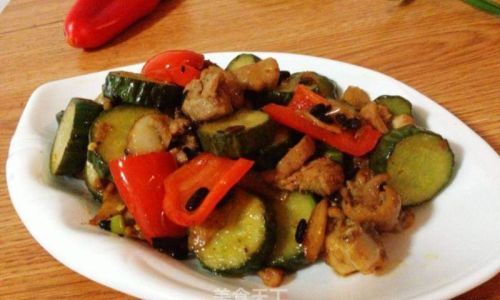
Conclusion: The Joy of the Wok
Stir-fried chicken thighs are more than a meal—they’re a celebration of culinary alchemy. With practice, you’ll master the balance of heat, timing, and flavor that defines this dish. Whether you’re a novice cook or a seasoned chef, the wok invites you to experiment, to savor the sizzle, and to share a meal that transcends borders. So grab your apron, ignite the flame, and let the dance of flavors begin.
This article delves into the nuances of stir-frying, offering a comprehensive guide to creating a dish that’s both timeless and adaptable. By focusing on technique, cultural context, and creative flexibility, it equips readers to not only replicate the recipe but also to innovate, ensuring every bite bursts with the spirit of Chinese cuisine.
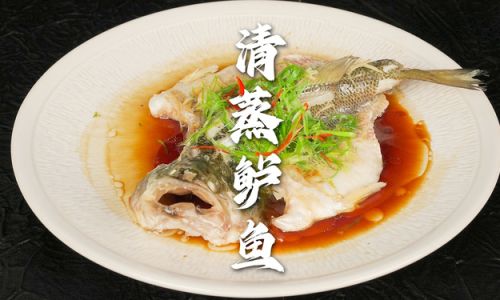
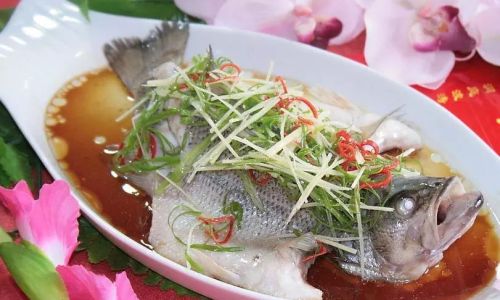

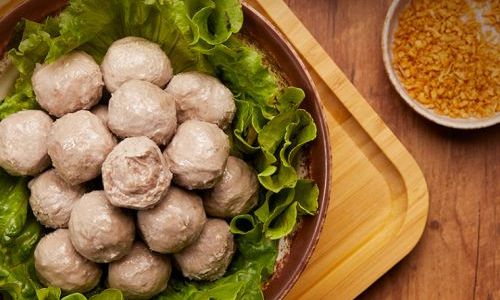
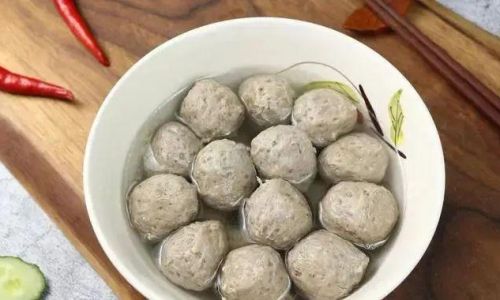

0 comments